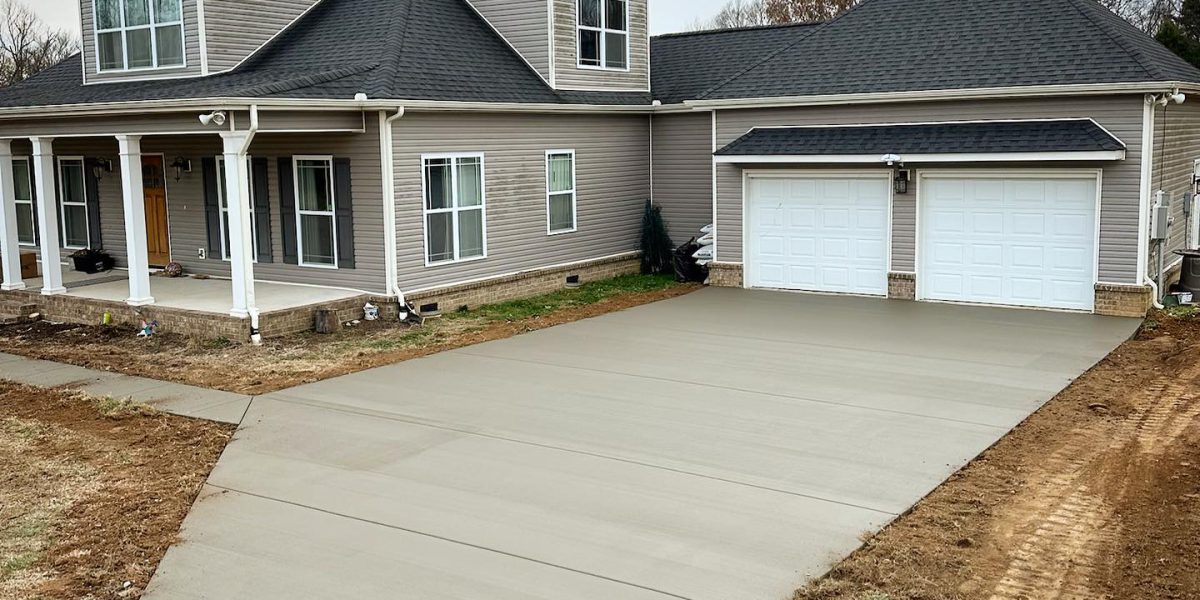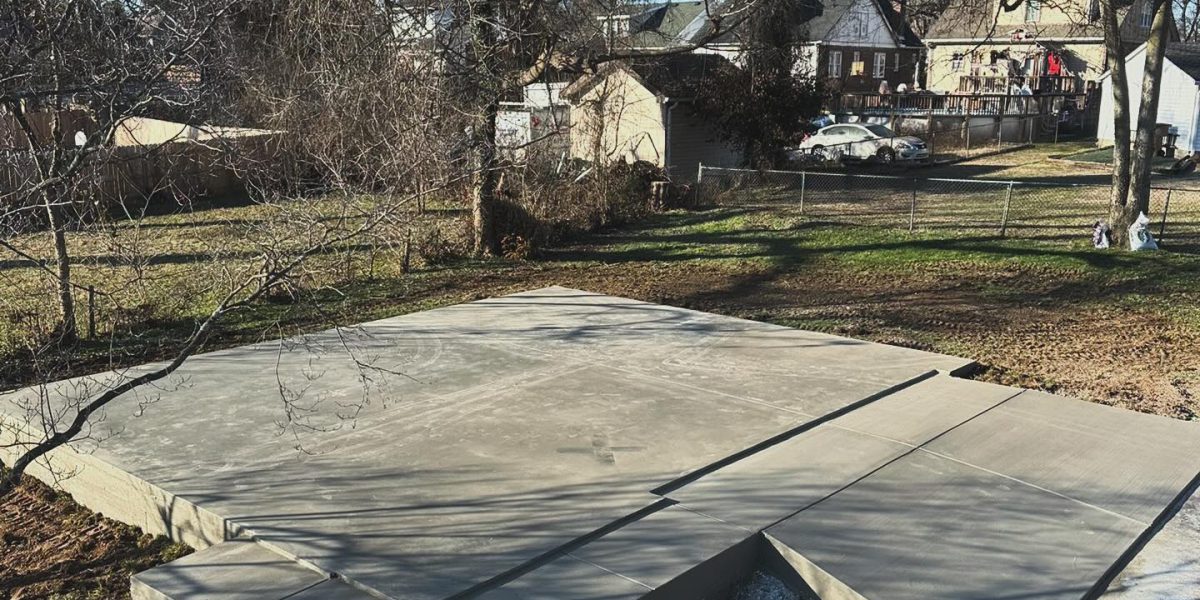Concrete Slabs: Types, Uses, and Installation Tips
When it comes to concrete slabs, the options seem endless, with a variety of types catering to different needs and preferences. From enhancing your outdoor space to providing a sturdy foundation for structures, concrete slabs have a multitude of uses. But how do you guarantee a successful installation that stands the test of time? Let’s uncover the intricacies of selecting the right type, planning for installation, and mastering essential techniques for a durable and visually appealing concrete surface.

Key Takeaways
- Different types, like decorative, plain, and permeable, offer varied finishes and functionalities.
- Common uses include outdoor flooring, foundations for structures, and functional outdoor spaces.
- Thorough site evaluation, budget planning, and meticulous step-by-step planning are crucial for successful installation.
- Proper site preparation, addressing drainage, compaction, and slope, is essential before installation.
- Steel bar reinforcement, timber formwork, pouring and leveling techniques, and curing and maintenance practices are vital for quality concrete slabs.
Types of Concrete Slabs
When choosing concrete slabs for a project, you’ll encounter various types that serve different purposes and have specific characteristics. Concrete slabs can provide both functional and aesthetic benefits to your space. Let’s explore the different types available to help you make an informed decision.
Firstly, decorative finishes offer a wide range of design options to enhance the visual appeal of your project. From stamped patterns to exposed aggregates, decorative finishes can add a touch of elegance to your concrete surface. If you’re looking for cost-effective solutions, consider plain concrete slabs that offer durability and functionality at a lower cost compared to other finishes.
For those interested in environmentally friendly options, permeable concrete slabs are designed to allow water to pass through, reducing runoff and helping with water management. These slabs are ideal for areas where drainage is a concern.
On the other hand, custom designs provide you with the flexibility to create unique patterns and shapes that suit your specific project requirements. Whether you need intricate designs for a patio or curved pathways for a garden, custom concrete slabs can be crafted to your preferences.
Common Uses of Concrete Slabs
Concrete slabs are commonly used in outdoor flooring options, such as patios, walkways, and driveways, due to their durability and versatility. They also serve as a solid foundation for various structures like sheds, garages, and even homes. These slabs provide a stable and long-lasting base for both residential and commercial construction projects.
Outdoor Flooring Options
Explore using concrete slabs for your outdoor flooring needs as they offer durability and versatility for various applications. Concrete slabs are a great option for enhancing your outdoor spaces such as patios and garden pathways.
Here are a few options to explore:
- Patio Options: Concrete slabs can be used to create stylish and functional patio areas. They provide a strong foundation for outdoor furniture, fire pits, and other amenities, making them perfect for hosting gatherings or simply relaxing in your backyard.
- Garden Pathways: Using concrete slabs for garden pathways is a practical and visually appealing choice. These pathways can guide visitors through your garden while providing a stable surface that withstands foot traffic and outdoor elements.
- Driveways: Concrete slabs are also an excellent solution for outdoor driveways. They offer a sturdy and long-lasting surface that can bear the weight of vehicles while complementing the overall aesthetic of your property.
Foundation for Structures
Explore how solid slabs serve as a dependable base for various structures, offering stability and durability for a wide range of applications. The foundation stability provided by solid slabs is essential for securing the structural integrity of buildings, bridges, and other constructions.
Solid slabs distribute the load of the structure evenly, preventing uneven settling and potential damage. Their exceptional load-bearing capacity makes them ideal for supporting heavy structures, machinery, and equipment. The durability of solid slabs ensures long-term stability, with minimal maintenance required.
When constructing a building or any other structure, choosing solid slabs for the foundation ensures a strong base that can withstand environmental factors and the test of time. Whether for residential, commercial, or industrial purposes, solid slabs offer a reliable solution for establishing a strong and secure foundation.
Planning for Installation
Before proceeding with the installation of concrete slabs, it’s crucial to meticulously plan every step of the process to secure a successful outcome. This planning phase involves evaluating the site and taking into account budget constraints to guarantee a smooth installation process.
Here are two key points to keep in mind during the planning stage:
- Site Evaluation
Conduct a thorough assessment of the installation site to determine factors such as soil stability, drainage patterns, and any potential obstacles that may affect the installation process.
Assess the topography of the site to identify any slopes or uneven terrain that may require additional preparation before laying the concrete slabs.
Examine the proximity of trees or other vegetation that could impact the integrity of the concrete slabs over time and plan accordingly to prevent future issues.
- Budget Considerations
Determine a realistic budget for the project, taking into account costs such as materials, labor, equipment rentals, and any additional expenses that may arise during the installation process.
Seek quotes from multiple suppliers and contractors to compare prices and make sure that the project stays within budget constraints.
Allocate funds for contingencies to account for any unforeseen circumstances that may arise during the installation of the concrete slabs.
Site Preparation Guidelines
Evaluate the site thoroughly to identify and address any necessary preparations before commencing the installation of concrete slabs. Start by conducting soil testing to determine the soil type and its load-bearing capacity. This information is pivotal in establishing the appropriate excavation depth for your project. Understanding the soil composition will help you determine if any additional measures need to be taken to guarantee the stability of the concrete slab.
When assessing the site, drainage considerations should be taken to prevent water from pooling on the concrete surface. Proper drainage aids in maintaining the integrity of the slab over time by minimizing the risk of erosion and water damage. Additionally, the slope of the land must be assessed to ensure water naturally flows away from the concrete area.
Before pouring the concrete, it’s essential to use effective compaction techniques to prepare the ground adequately. Compaction ensures that the soil is densely packed, reducing the risk of settling and uneven surfaces in the future. Utilize appropriate compaction machinery and methods based on the soil type and project requirements.

Reinforcement and Formwork
When constructing concrete slabs, utilizing steel bar reinforcement is essential to enhance structural strength and durability. Timber formwork methods are commonly employed to shape and support the concrete during the pouring and curing process. The benefits of reinforcement include increased load-bearing capacity, crack resistance, and overall longevity of the concrete slab.
Steel Bar Reinforcement
To strengthen concrete slabs effectively, steel bars are commonly used to enhance the structural integrity and load-bearing capacity of the construction. Steel bar reinforcement is important in ensuring the durability and strength of the concrete slab.
Here are some key points to keep in mind when using steel bars for reinforcement:
- Steel Bar Sizes: Selecting the appropriate size of steel bars is necessary based on the structural requirements of the concrete slab. Common steel bar sizes used for reinforcement include #3, #4, #5, and #6, with each size offering different levels of strength and support.
- Reinforcement Placement Techniques: Proper placement of steel bars within the concrete slab is essential to ensure uniform distribution of strength and to resist cracking. Techniques such as maintaining adequate cover, proper spacing between bars, and securing the bars in the correct location can greatly impact the overall performance of the reinforced concrete slab.
- Quality Control: Regular inspections during the installation process to verify the correct positioning and alignment of steel bars are important to guarantee the effectiveness of the reinforcement. Conducting quality control checks helps to identify any issues early on and rectify them before pouring the concrete, preventing potential structural weaknesses.
Timber Formwork Methods
Utilize timber formwork methods to provide reinforcement and structural support for concrete slabs during the construction process. Timber formwork offers several advantages, including ease of handling, cost-effectiveness, and versatility in shape and size customization. The natural properties of timber make it an excellent choice for formwork, providing adequate support for the concrete while allowing for straightforward installation and removal processes.
When it comes to formwork removal, it’s crucial to wait for the concrete to cure sufficiently to avoid damaging the slab. Carefully remove the formwork by loosening the nails or screws holding it in place, ensuring that the timber isn’t forcefully pulled away to prevent any structural issues.
Additionally, inspect the formwork for any signs of damage before reuse to ensure its integrity for future projects.
Benefits of Reinforcement
Reinforcement plays a crucial role in enhancing the structural integrity and load-bearing capacity of concrete slabs. By incorporating reinforcement into concrete slabs, you can experience various benefits that contribute to the overall strength and durability of the structure.
Here are some key advantages of using reinforcement:
- Increased Strength: Reinforcement, such as steel bars or fibers, helps distribute loads more effectively, prevent cracks, and enhance the overall strength of the concrete slab.
- Crack Control: The use of reinforcement helps control and minimize cracks that may develop due to shrinkage or external factors, ensuring a more stable and durable concrete slab over time.
- Load-Bearing Capacity: Reinforcement greatly improves the load-bearing capacity of concrete slabs, allowing them to support heavier loads without compromising their structural integrity.
Incorporating reinforcement in the construction of concrete slabs is essential for achieving the best strength enhancement and ensuring the longevity of the structure.
Pouring and Leveling Techniques
Proper pouring and leveling techniques are essential for achieving a smooth and durable concrete slab surface. To start, thoroughly prepare the surface by cleaning and leveling the area where the concrete will be poured. Adequate surface preparation prevents future issues like unevenness.
Once the surface is ready, screeding methods come into play. Screeding involves using a straight board to level the concrete by pushing and pulling it across the surface. This process helps remove excess concrete and fill in low spots, resulting in a flat and even slab.
When pouring the concrete, pay close attention to the consistency of the mix. A mix that’s too wet can lead to cracking, while a mix that’s too dry can cause difficulty in leveling. Finishing techniques such as floating and troweling are used to achieve a smooth surface. Floating helps compact the concrete and brings the cream to the surface while troweling further refines the finish for a polished look.
For leveling tips, avoid overworking the concrete during the finishing process, as this can weaken the surface. Work efficiently and methodically, maintaining consistent pressure when using tools like floats and trowels.
Curing and Maintenance Practices
Maintain consistent and proper curing practices to preserve the quality and durability of your concrete slab over time. Concrete slab care is essential for ensuring its longevity and performance. Follow these essential maintenance practices:
- Regular Sealing: Apply a high-quality concrete sealer to protect the surface from water, chemicals, and stains. Sealing your concrete slab every 1-3 years helps maintain its appearance and durability.
- Cleaning: Regularly clean your concrete slab with mild detergent and water to remove dirt, grime, and stains. Avoid using harsh chemicals that can damage the surface.
- Repair Techniques: Address any cracks or damage promptly using appropriate repair techniques. For small cracks, fill them with a concrete patching compound, while larger damages may require professional repair to prevent further deterioration.
Troubleshooting and Tips for Success
Address common problems and implement effective methods to secure the successful installation and maintenance of your concrete slab. Troubleshooting techniques are invaluable when encountering challenges during installation.
If you observe surface cracking, consider adding extra reinforcements or adjusting the mix design to enhance strength and durability. Problem-solving approaches like utilizing sealants can help prevent water infiltration, reducing the risk of cracking due to freeze-thaw cycles.
Success strategies also involve proper site preparation before pouring concrete. Guarantee the subgrade is well-compacted and level to avoid settling and cracking in the future. Installation tricks like using a vibrating screed can help achieve a smooth and even surface, reducing the need for extensive leveling afterward.
Additionally, maintaining the correct water-to-cement ratio is essential for a high-quality concrete slabs to cure properly and achieve the desired strength.
When encountering problems post-installation, such as scaling or spalling, consider applying a concrete sealer to safeguard the surface from moisture and chemicals. Regular inspections and timely repairs can prevent minor issues from escalating into costly problems.
When it comes to concrete slabs, thorough planning and proper installation are essential. Remember to reinforce, pour, and level carefully. Curing and maintenance are crucial for longevity. Troubleshoot cracks promptly and maintain the correct water-to-cement ratio. By following these tips and guidelines, you can guarantee the success of your concrete slab project. So, remain alert and diligent in your concrete endeavors!
